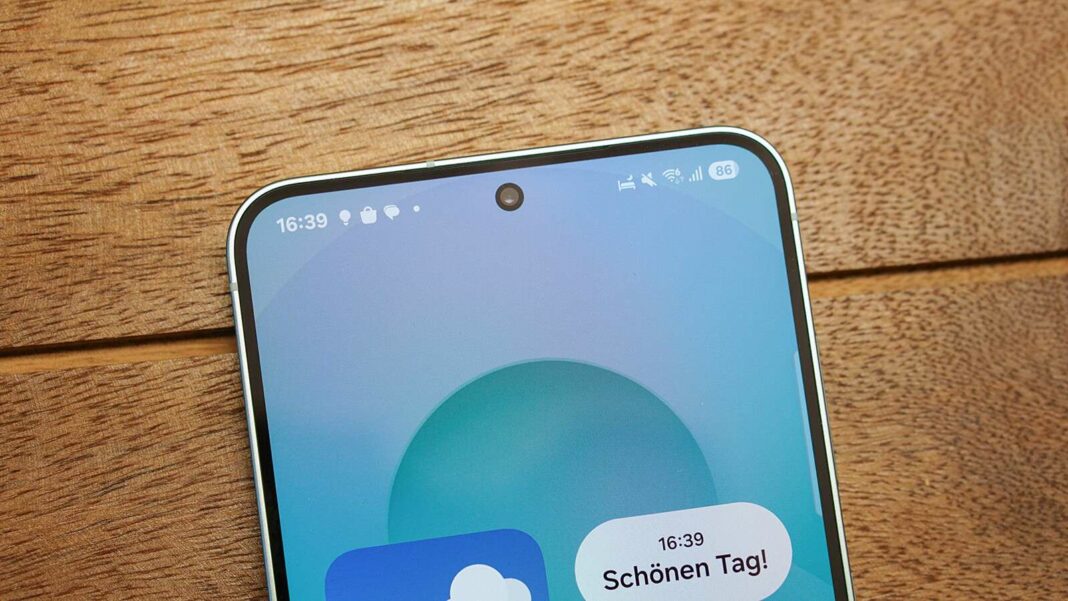On January 22, Samsung launched the Galaxy S25 series, featuring the compact Galaxy S25 as the successor to the Galaxy S24. It includes a 6.2-inch FHD+ AMOLED display, improved connectivity with Bluetooth 5.4 and Wi-Fi 7, and a sustainable, minimalist packaging approach. The device offers enhanced AI capabilities, a range of storage options, and a lightweight design for easy handling. Despite slower charging speeds, it maintains a solid battery life, making it a competitive choice in the smartphone market.
Samsung Galaxy S25 Series Unveiled
On January 22, Samsung officially launched the much-anticipated Galaxy S25 series and kicked off pre-sales for its latest flagship devices. The Galaxy S25, being the most compact model in the lineup, serves as the direct successor to the highly regarded Galaxy S24.
Before the pre-orders even shipped, the Galaxy S25 found its way to the hands of reviewers. While the S25 may not fulfill every expectation for enhancements, it undoubtedly surpasses the Galaxy S24 in numerous aspects. Notably, the base model of the Galaxy S25 series has its own unique appeal.
Key Technical Specifications of the Galaxy S25
The Galaxy S25 boasts a vibrant 6.2-inch FHD+ AMOLED display with a resolution of 2,340 × 1,080 pixels and a fluid refresh rate of 120 Hertz, features inherited from its predecessor, the Galaxy S24. Despite being in the more affordable segment of the smartphone market, a higher refresh rate could have been achievable, especially considering competitors like Xiaomi’s 14T Pro, which offers a 144 Hertz display.
In terms of durability, the Galaxy S25 is equipped with Corning Gorilla Glass Victus 2, a material also found in the Galaxy S24. The device measures 146.9 × 70.5 × 7.2 millimeters and weighs just 162 grams, making it the lightest and most compact option in the series. Compared to the Galaxy S24, which is slightly bulkier at 147 × 70.6 × 7.6 millimeters and 168 grams, the Galaxy S25 provides a more comfortable grip without altering the display size, thanks to minimized screen bezels.
Storage options for the Galaxy S25 include 128 GB, 256 GB, and 512 GB, a notable increase over the Galaxy S24’s maximum of 256 GB. The battery capacity remains steady at 4,000 milliampere-hours, with Samsung claiming up to 29 hours of video playback. However, during tests, the actual performance was 21.5 hours, still sufficient for a full day of use on a single charge.
Charging capabilities for the Galaxy S25 remain unchanged from the previous model, offering a wired maximum of 25 watts and wireless charging at 15 watts. This results in a slower charging experience, taking around 72 minutes to reach full power. In contrast, competitors like the Xiaomi 14T Pro offer significantly faster charging solutions, supporting up to 120 watts via cable.
The Galaxy S25 introduces two key connectivity enhancements over the Galaxy S24: Bluetooth 5.4 for improved range and stability, and support for the faster Wi-Fi 7 standard, replacing the previous Wi-Fi 6. The device continues to support the latest 5G technology, retaining two physical SIM slots and dual eSIM capabilities, allowing only two active SIM cards at a time.
Sustainable Packaging and User-Friendly Experience
In a move towards sustainability, Samsung has opted for minimalist packaging for the Galaxy S25. Inside the box, users will find only a one-meter USB-C charging cable, as the charger is sold separately. Additionally, the packaging is entirely plastic-free, made from cardboard, highlighting Samsung’s commitment to environmental responsibility.
The feel of the Galaxy S25 is impressive. While its design closely resembles that of the Galaxy S24, the reduced weight and sleeker profile enhance its usability, making one-handed operation a breeze. Among the Galaxy S25 series, this model stands out for its comfort and ease of handling, especially when compared to the larger Galaxy S25+ and S25 Ultra.
Setting up the Galaxy S25 is a straightforward process. Users can quickly select their language, connect to Wi-Fi, configure SIM options, and log into their Google and Samsung accounts. One notable improvement is the automatic disabling of personalized advertising in the Samsung account, ensuring a more pleasant user experience free from intrusive ads. The setup process also highlights the ‘Automatic Lock’ feature, designed to enhance security.
AI Innovations in the Galaxy S25
Despite being the entry-level model in the S25 line, the Galaxy S25 is packed with the latest AI capabilities. Unlike previous models where AI features were app-specific, the new Galaxy AI is now seamlessly integrated across the device, functioning continuously in the background.
Features such as intelligent image search allow users to find specific photos in their gallery effortlessly. Another exciting addition is the Audio Eraser, which effectively removes unwanted background noise from videos, proving particularly effective in tests. Voice assistants, Samsung Bixby and Google Gemini, can assist with hands-free tasks, although their performance may vary, as seen in testing scenarios.
Finally, the Galaxy S25 introduces the ability to assign app-crossing tasks through AI agents, enabling users to create calendar entries and share them with contacts seamlessly. However, reliability in this feature is still under improvement as the device approaches its market launch.
